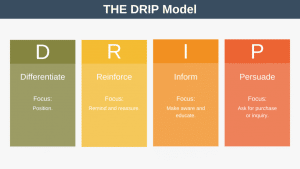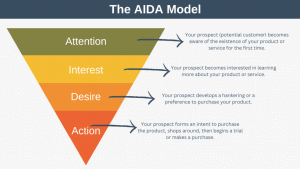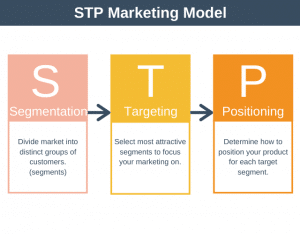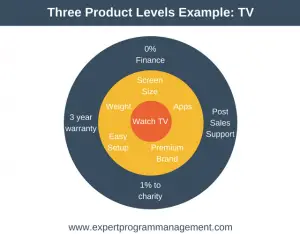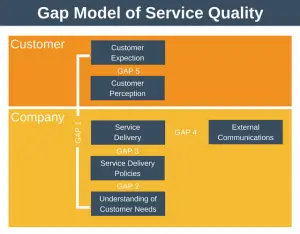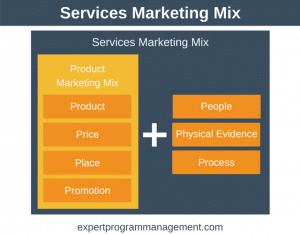The amount of money an average customer pays you over their complete lifetime with your company is known as the customer lifetime value, or LTV. But why is this figure important?
Whilst some businesses use a viral loop to grow their customer base, the marketing departments of most businesses use advertising to encourage new users to use their products and drive growth.
To have a sustainable business these advertising costs must be paid for out of revenue generated from previous customers. If the finance for advertising comes from exceptional, one-off sources such as financing, then the company is actually in a state of decline even though the top-line customer numbers will be growing. Not good.

Before we continue, let’s take a moment to define a few terms:
- Marginal Cost: The average cost of acquiring a new customer. This is also known as CPA: Cost Per Acquisition.
- Marginal Revenue/LTV: the revenue the customer generates (the revenue the customer generates over their lifetime = LTV).
- Marginal Profit: If we subtract the marginal cost from the marginal revenue we get the marginal profit. A positive value means we’re making a profit, and a negative value a loss.
So long as the cost of obtaining a new customer (marginal cost) is less than the money that customer gives us (marginal revenue) then we are making a profit (marginal profit). The greater the marginal profit as a percentage of revenue the faster the company can grow. This is because it will be generating excess profits which it can plow back into more paid for advertising at a faster rate.
Let’s look at a simple example. Suppose we pay $1,000 for some Google Adwords. Now suppose this results in 100 new customers. This results in a marginal cost (cost per acquisition) of $10 per new customer. Now if our LTV is above $10 we are making a profit. How far the LTV is above $10 determines how quickly the company can grow. Obviously, if we’re generating $20 per customer acquisition we can grow significantly faster than if we’re generating $12 per customer acquisition (5 times faster in fact).
One problem with calculating the marginal cost is that it isn’t just the Google Adwords we’d need to include but also other overheads such as the marketing team, any outbound sales teams etc.
Conclusion
How fast a business can grow depends on the interrelationship between cost per acquisition, lifetime value, and marginal profit. The greater the percentage profit made the faster earnings can be plowed back into advertising to acquire even more customers. If your business model is based on paid for advertising and you don’t understand the values for the costs described above then you are walking in the dark. Even if you are currently loss-making these values are useful, as they allow you to determine if your actions (both on the product and marketing side) are moving the numbers in the right direction.
* Image by –Tico–

